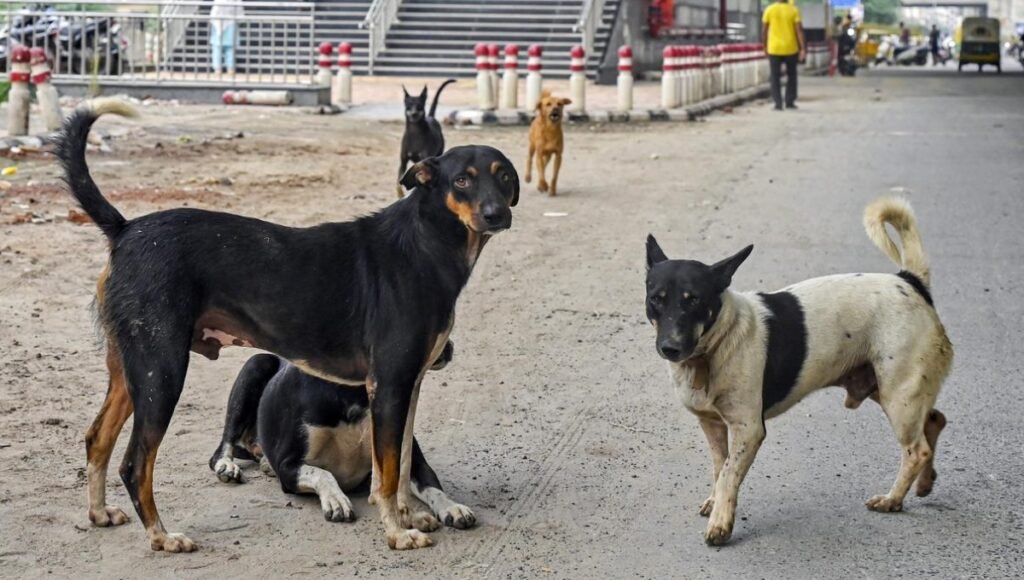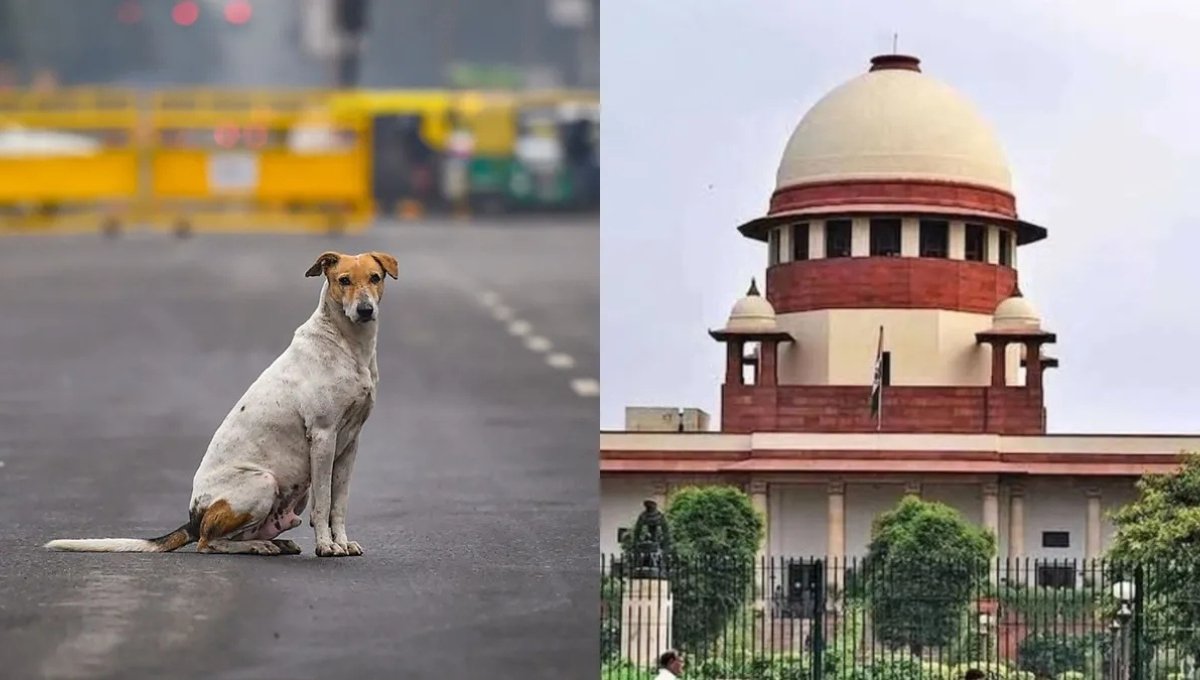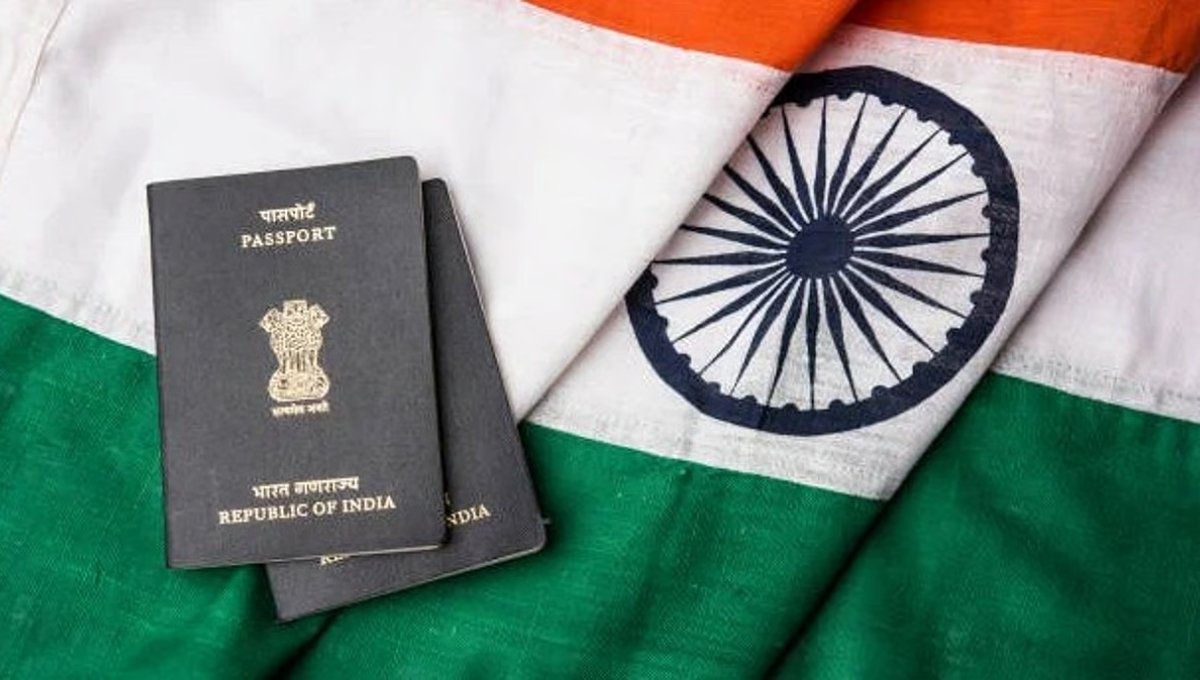In Delhi’s streets, you, I, and everyone else have frequently seen stray dogs. Sometimes they are seen playing with a child, and other times they are seen running after someone. However, the rising number of dog bites and kid fatalities in recent years has made this friendship fearful. The Supreme Court has now rendered a significant ruling on the matter, directing that stray dogs from Delhi-NCR’s streets be apprehended and housed in a shelter for a minimum of six to eight weeks before being allowed to return to public areas.
Strict stand of the court and reason

A bench of Justices J.B. Pardiwala and R. Mahadevan had mandated on August 11, 2025, that the Municipal Corporation launch a dog-catching program right away. The court ruled that places with a higher rate of Stray Dogs attacks on people and children should receive priority attention. The decree also stated unequivocally that the government should not be careless in this regard. This stray dogs issue action has been taken to stop the rise of rabies-related dog bite cases and fatalities.
Arguments for and against
Nationwide, there were strong reactions to the court’s ruling. Several NGOs and animal rights activists are criticizing it as “impractical” and “unscientific,” while the federal government and several state governments believe it is essential for public safety. They claim that it is neither feasible nor morally acceptable to suddenly capture lakhs of canines in the absence of suitable management and shelter.
In court, senior attorneys Kapil Sibal and Abhishek Manu Singhvi contended that prior to this ruling, no communication with NGOs and other parties had taken place. According to them, a lasting solution to the issue won’t be found until after sterilization and vaccinations in accordance with the “Animal Birth Control Rules 2023” have been completed.
Scary figures and old data
The Supreme Court stray dogs was informed by Solicitor General Tushar Mehta that the nation records approximately 37 lakh dog bite events annually, or 10,000 cases each day on average. Over 300 people die from rabies each year, the majority of whom are youngsters.
The issue, however, is the lack of up-to-date information on the precise number of dogs in the nation. Delhi has not seen an update since 2016, and the last national census was completed in 2019. Since the policies in this case are based on outdated data, it is challenging to create effective programs.
Way forward and hope

The stray dogs Supreme Court order has reserved its final ruling but has not yet declined to stay the order. In the meantime, this controversy has swept the nation: is taking dogs off the streets the only way to resolve the stray dogs issue, or is it preferable to vaccinate and sterilize them in order to achieve a balance between people and animals?
In actuality, humans and animals have always had a relationship, but the true resolution to this conflict will come from striking the correct balance between safety and sensitivity. Together, the government, courts, non-governmental organizations, and regular citizens may be able to find a solution that prevents these silent creatures from losing their homes or endangering the lives of children.
Disclaimer: This article is written for informational purposes only. The views expressed here are based on facts and news, and do not hold any bias or prejudice towards any person, organization or institution.
Also Read:
India vs England: The Biggest Test Cricket Clash in the Digital Era with 170 Million Viewers
PM Modi Hits Back, Says India Set to Become World’s 3rd Largest Economy














